Review
The Suzuki S Cross presents a compelling option in the small SUV segment with its full hybrid system, low emissions, and an array of safety features.
It joined Fleet News' long-term fleet, in April, for a six-month period, following its UK launch the previous October.
This updated model is based on the Suzuki SX4 S-Cross, from 2013, but has adopted a 1.5-litre hybrid petrol engine, initially seen in the 2022 Vitara hybrid.
Compared to its key rivals - such as the Seat Ateca, Nissan Qashqai, Vauxhall Grandland - the S-Cross adopts a more utilitarian look and feel.
The interior has been updated but its clear the architecture carries over from the old model, giving a more dated feel.
There's a nine-inch touchscreen infotainment system that is placed in the driver's eyeline and is fairly simple to use. It includes sat-nav and smartphone integration.
While the S-Cross's overall dimensions are smaller than those of its key rivals, the car does offer a spacious interior with plenty of passenger space.
This combines with the soft suspension to give a comfortable and refined ride.
The boot is less impressive, with the hybrid model offering less than 300 litres of space - less than you'd get in a VW Polo.
As a ‘full hybrid’, that the S-Cross can operate on either the electric motor, the petrol engine, or a combination of both. Although zero-emission driving is largely limited to low speed manoeuvres and coasting.
The battery is recharged through regenerative braking, and the electric motor provides a small boost during acceleration.
Suzuki says the car will achieve around 48mpg and we've been able to match that figure. The car's efficiency is impressive around town, where the hybrid system is utilised more frequently.
Power is delivered to all four wheels via an auto gear shift (AGS) system, which is essentially an automated-manual transmission. Drivers can override the computer using steering wheel paddles.
The transmission is fairly slow to shift, compared to a conventional auto. It often feels like its dragging the clutch between shifts and if you floor the accelerator it takes a while to get its house in order.
As a result, the S-Cross's acceleration is notably sluggish, taking 13.5 seconds to for 0-62mph.
While acceleration might not be its strong suit, the Allgrip Select system provides reassurance for drivers seeking more stability and grip in less-than-ideal conditions.
On a final note, if your company can consider Suzuki at a brand level for its transport solutions then note the latest What Car? Reliability Survey.
Based on the views of 25,000 readers and their ownership experience of cars between six months and 20-years-old, Suzuki ranked first of 30 brands judged on faults, repair times and costs.
It achieved a 94.7% positive rating.
The Vitara (2015- present) was the second most reliable car in the small SUV category with a score of 99.3%. Only six per cent of owners reported any faults with their car. All cars could still be driven, and were repaired on the same day.
The Swift (2010-2017) followed close behind at 98.1%.
The S-Cross was just below Vitara in the ‘small SUV’ category with a score of 90.1%, but outside the top 10 of overall manufacturers in the survey.
The What Car? most and least reliable used car brands. https://www.whatcar.com/news/most-and-least-reliable-used-cars-brands/n21160
Less power = less emissions
Suzuki introduced the full hybrid 1.5-litre petrol engine in the S-Cross range last year. It’s the same engine as in the Vitara, also making its debut in 2022. It works in conjunction with an electric motor and a lithium-ion battery under the floor.
This stores electrical energy recovered from deceleration and braking and includes an idle stop function.
Using engine speed and throttle position the car judges when you’re going to accelerate to provide additional torque.
It also generates electricity by stopping the engine and disengaging the clutch during deceleration, expanding the EV driving range.
Such technology helps produce a CO2 emission figure of 118g/km, the lowest in the S-Cross range, and an attractive benefit in kind rating of 28%. This means a current tax charge of £128 per month for a 20% taxpayer.
Our top-spec Ultra model has all-wheel-drive, which pushed emissions up to 132g/km and increases monthly tax bills to £164.
The full hybrid system has two selectable modes, eco and standard. In standard, power is prioritised with a quicker response to pressure on the accelerator pedal.
In Eco, fuel economy is the priority, suppressing the response to pedal pressure for more moderate acceleration and fuel-efficient driving.
But it comes with a drawback.
It is noticeably slow in acceleration, taking 12.7 seconds from 0-62mph in front-wheel drive (Motion) and 13.5 seconds for the four-wheel drive model (Ultra). It’s noticeable, as the car drops gears to provide the power.
Maybe it’s naïve to think big car – big power. With a maximum 115hp and torque of 138Nm, I should know better.
There is a solution of sorts inherent in the Allgrip Select four-wheel drive technology. It comes in four modes - auto, sport, snow and lock – providing different driving characteristics depending on road surface and conditions.
What’s the difference?
- Auto is a two-wheel mode prioritising fuel economy, switching to four-wheel drive if the front wheel slips
- Sport reduces traction control to improve acceleration
- Snow means traction control intervention and a permanent 50/50 torque split between front and rear wheels
Torque is distributed evenly through all four wheels on challenging surfaces, traction control applies braking to spinning wheels and prioritises torque to gripping tyres.
So, my solution to the sluggish acceleration in auto mode is to occasionally turn the Allgrip selector dial, situated between the seats, to sport mode. It takes a second or two to make a difference, but is enough to boost acceleration, for example in overtaking. I then revert to auto mode.
Two models' specs compared
The S-Cross is available in two grades, Motion and Ultra. There is a £4,800 price difference between the Motion and the £31,549 range topper that we have on test.
What unites the two are seven standard safety features such as blind spot monitoring, traffic sign recognition, land departure warning and prevention, adaptive cruise control and seven airbags, including one for the driver’s knees. And rear parking camera, front and rear parking sensors, keyless entry and start and climate control.
Suzuki Connect connected services are available on both models.
The first year of use is free.
From then on there is a payment plan to use them. Through the Suzuki app you have access to seven functions:
- vehicle status notification (have you locked the car or turned the lights off, what’s the fuel level, average fuel consumption?)
- parked car locator
- driving history for the last 18 months, including journey start and end locations, distance and average fuel consumption. You can separate the information by driver and private and business use. Data can also be exported.
- geofencing and curfew using area and time parameters to get alerts when the S-Cross has left or entered an area, or when it has failed to return ‘home’ at a certain time
- security notifications if the car’s alarm has been activated or the engine has been started
- warning light notification sent to your smartphone if there’s a fault, cause and suggested actions, including contacting roadside assistance or a dealer
- recall notifications.
Smartphone connectivity is also universal in the S-Cross, with hands-free Bluetooth to Apple CarPlay and Android Auto as standard.
I did find connection to Bluetooth with my two-year old Android phone a hassle, having to deep dive into the car’s menu to get to work and then having to start Spotify playing on my phone on each journey. However, there were no such hassles on my iPhone – everything works without my intervention.
What separates Ultra from Motion?
The £4,800 price differential gets you features that include the ALLGRIP Select four-mode four-wheel drive system, 360-degree view camera, leather seat upholstery, double sliding panoramic roof, 17-inch alloys, a nine-inch infotainment display (Motion’s is seven-inch), sat nav and front centre speaker.
Tank half full or half empty? No, wait a minute..
There’s an interesting quirk I’ve noticed with the fuel range on the S-Cross. I’ve kept an eye on it as much as I can to ensure I’ve not been sniffing petrol.
When the remaining range figure given on the dash reaches around 117 miles, it takes a dive to around 86 miles before going back to 117, then goes down to around 70.
It stays here for some miles before slowly ticking down at a ‘normal’ rate.
Then in a final twist, when you believe you’ve got around 30 miles left, the digital display reverts to showing just dashes, leaving you wondering just how far you have left in the tank. It’s enough to make me fill up when the car gets to what I feel is around 100 miles in the tank.
The S-Cross joins our fleet
The Hungarian-built S-Cross small SUV has joined the Fleet News’ long-term fleet for six months, following its UK launch in October.
The latest model seeks to improve on the all-new, small, C-segment, SUV introduced in late 2021.
The major step change for the model is the improvement in the engine choice.
The 2021 model was only available with a 1.4-litre, 129bhp mild hybrid petrol engine.
Now, in an effort to stand alongside increasingly electrified rivals, the new S Cross has the 1.5-litre petrol engine, first seen in the 2022 Vitara hybrid, and it’s now a full hybrid. Electric power is provided by a 140-volt battery, with power through a six-speed automatic transmission.
What does full hybrid mean?
The S-Cross can run either on the electric motor or the petrol engine separately or together in combination.
The battery is charged, using a motor generator unit (MGU), through deceleration or braking. Plus, based on engine speed and throttle position, the car judges when the driver will accelerate and uses the electric motor to add additional torque.
Switching between the two power sources isn’t noticeable.
The S-Cross has two selectable driving modes, eco and standard. You switch between them depending on conditions. Standard sees the MGU help the petrol engine more often for more ‘spirited’ driving; in eco the focus is on maximising fuel economy and prioritises fuel economy.
In combination with the full hybrid set-up, the S-Cross is equipped with auto gear shift (AGS), automatically changing the gears to provide the best combination of performance and fuel economy.
Thanks to the adoption of the hybrid technology – and weight saving measures in the construction of the S-Cross – means CO2 emissions are surprisingly low for an SUV – 118g/km.
This is a figure lower than competitors such as the Nissan Qashqai 1.5 e-Power auto (119g/km) and Hyundai Tucson 1.6 T-GDI HEV auto (127g/km).
Jeremy has been a journalist for 30 years, 25 of which have been in business-to-business automotive. He was a writer and news editor on Fleet News for three years. He is Bauer B2B’s head of digital operations helping to manage the digital assets of Fleet News, and sister-brands Automotive Management and RAIL.
In 2025 he is an Association of Online Publishers awards judge.
For six years Jeremy was Automotive Management editor.


Specs
| Manufacturer | Suzuki |
| Model | S-Cross Hatchback |
| Specification | Suzuki S-Cross Hatchback 1.5 Hybrid Ultra ALLGRIP 5dr AGS |
| Model Year | 2025.00 |
| Annual VED (Road tax) | £440 |
| BIK List Price | £33,604 |
| CO2 | 130g/km |
| BIK Percentage | 32% |
| Insurance Group | N/A |
| CC | 1,462 |
| Fuel Type | Petrol Hybrid |
| Vehicle Type | Compact SUV |
| Luggage capacity (Seats up) | 293litres |
| Doors | 5 |
Running Costs
| P11D | £33,604 |
| Cost per mile | 51.40ppm |
| Residual value | £12,550 |
| Insurance group | N/A |
| Fuel Type | Petrol Hybrid |
| Cost per mile | 161.38ppm |
| Fuel | 12.97ppm |
| Depreciation | 144.84ppm |
| Service maintenance and repair | 3.57ppm |
Rivals
Info at a glance
-
P11D Price
£33,604
-
MPG
48.7 (WLTP) -
CO2 Emissions
130g/km -
BIK %
32% -
Running cost
3 Year 60k : £12,550 4 Year 80k : £10,225 -
Fuel Type
Petrol Hybrid


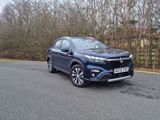
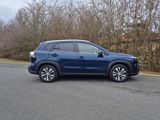
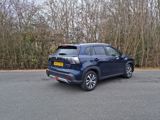

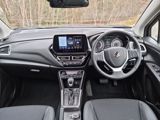
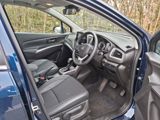

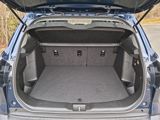
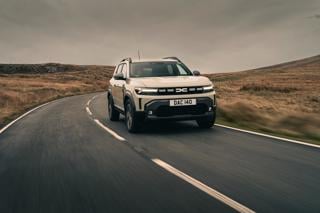
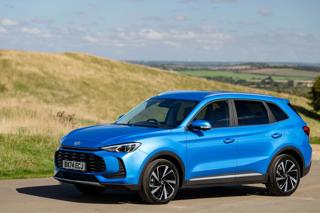
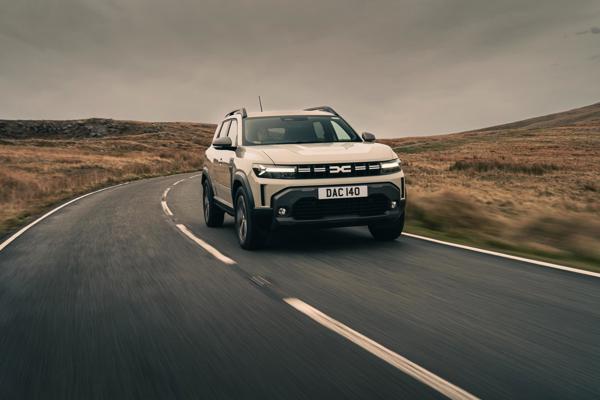
 Petrol Hybrid
Petrol Hybrid
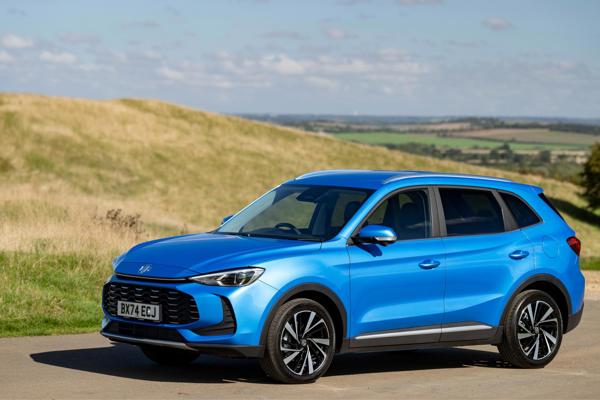

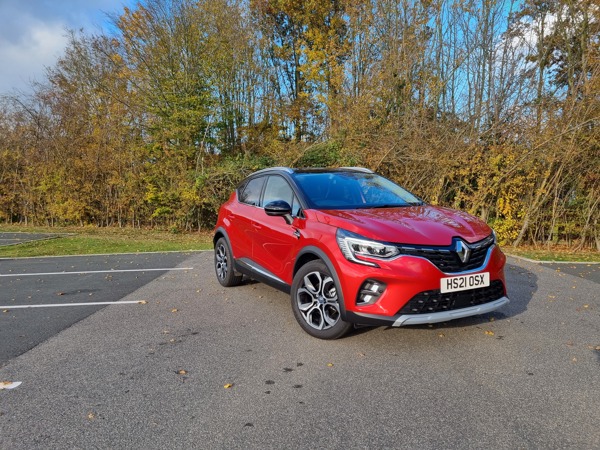

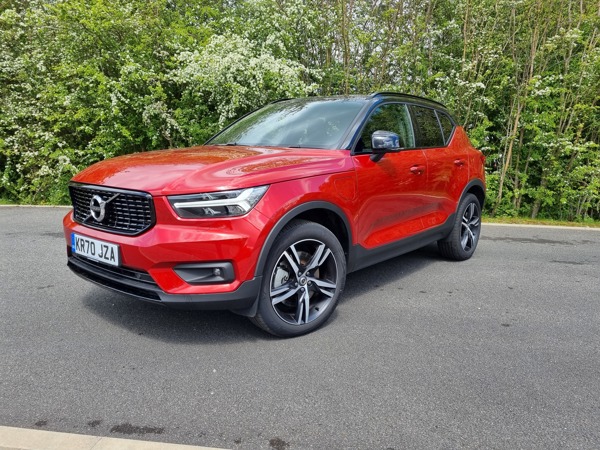

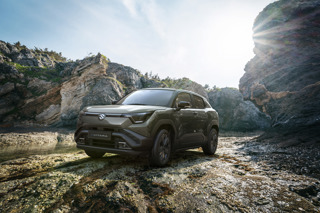
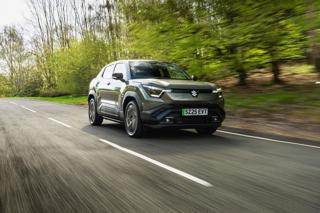
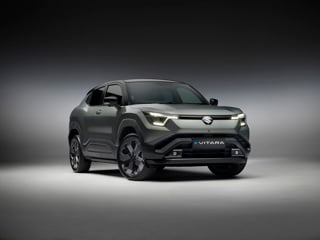
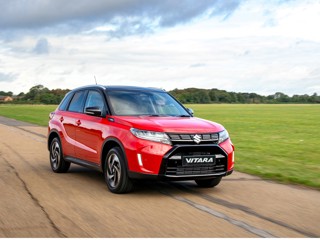












Login to comment
Comments
No comments have been made yet.